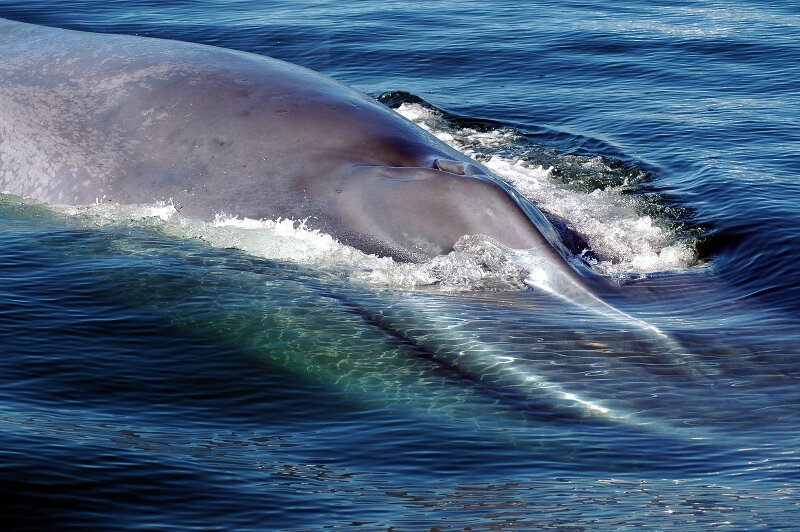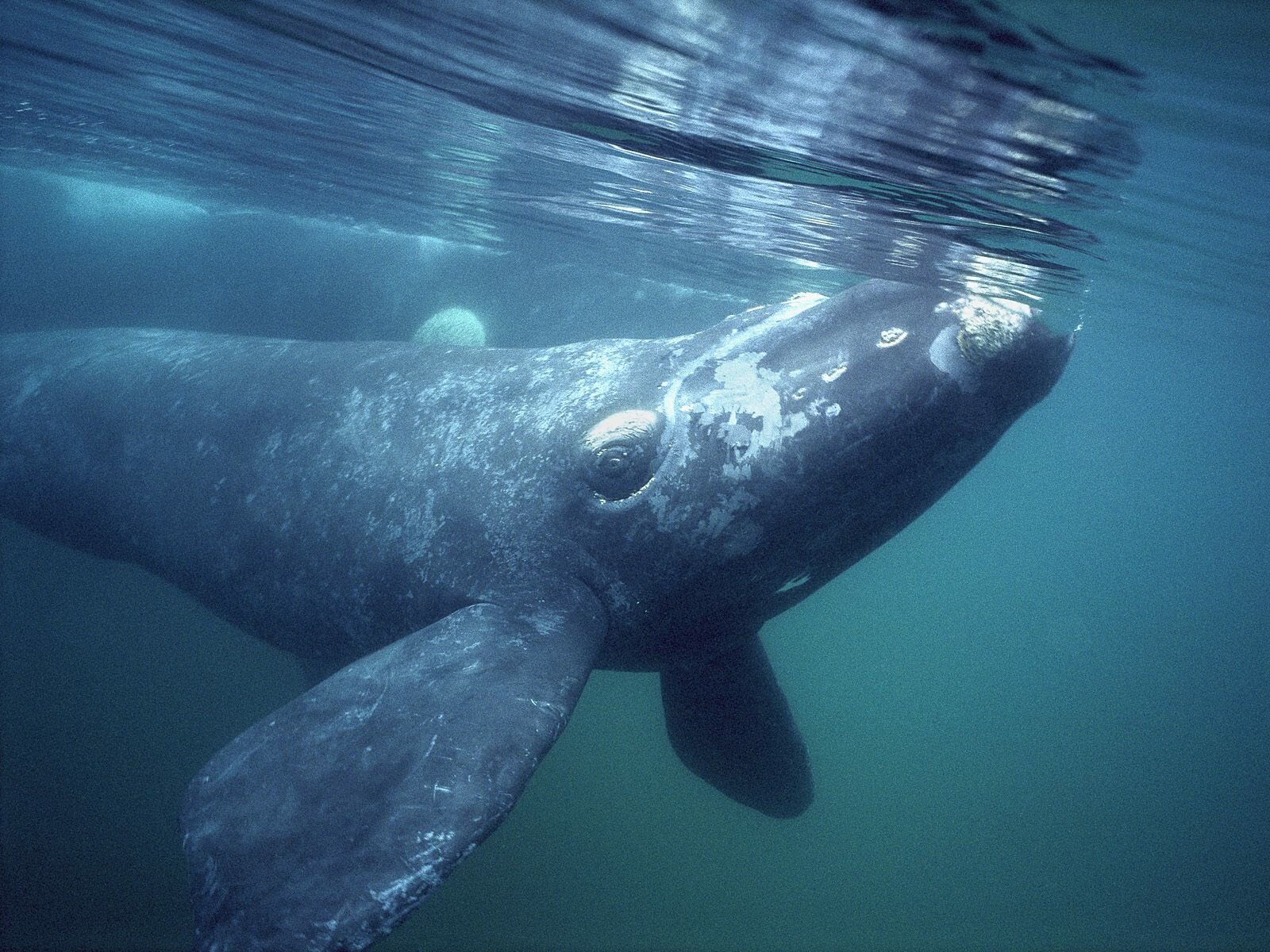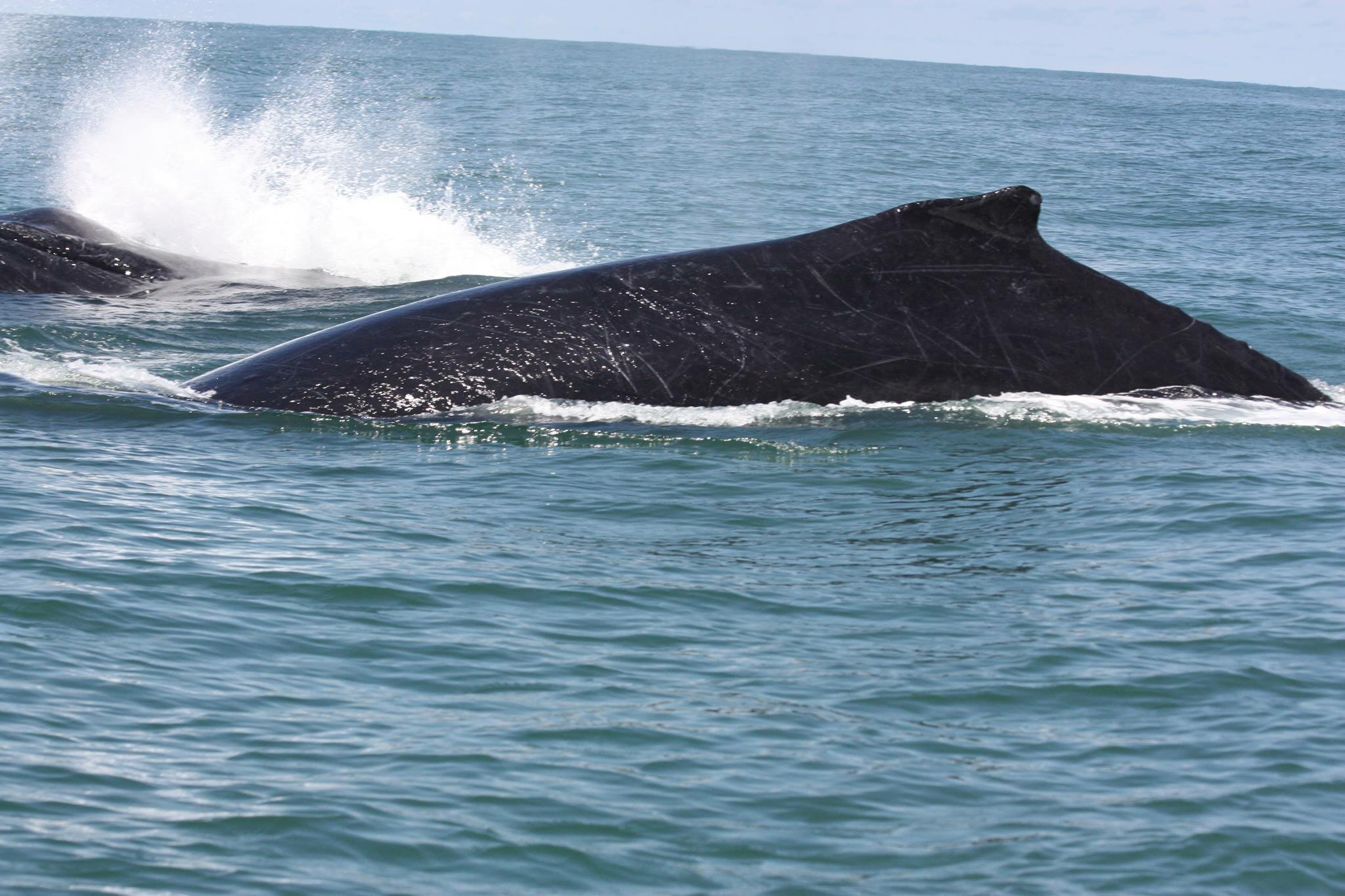Vea esta publicación en español.
Did you know that Latin America is home to more than 64 species of whales, dolphins, and porpoises, representing 75% of the world's 86 known species of cetaceans? For this reason, the region has become a favorite destination for tourists who want to see and interact with these amazing species.
Whale watching tourism generates about $300 million of revenue annually and benefits some 91 communities in 18 Latin American countries. As a result,many coastal communities have chosen this more environmentally-friendly economic alternative to fishing or irresponsible marine resource exploitation.
The number of companies offering sustainable whale watching excursions has grown significantly in recent years. Travelers can hire tour companies that respect environmental legislation and have certifications and verifications of their sustainability, and in some cases, special responsible marine tourism certificates. On SustainableTrip.org, you can find a list of these companies.
Today we invite you to experience five of the best destinations in Latin America for watching whales and other cetaceans:
| 1. Baja California, Mexico |
|
The waters of Baja California and the Sea of Cortéz are the best place for spotting the famous gray whale (Eschrichtius robustus). The peninsula has saltwater lagoons surrounded by desert where the gray whales come to mate and give birth in full view of spectators. The best season for whale spotting in Baja California is from January to April, but during the rest of the year you can also see blue whales and sperm whales. |
| 2. Bahía Ballena, Costa Rica |
|
The southern Pacific region of the country has important habitat for humpback whales (Megaptera novaeangliae). These creatures migrate twice a year (from late December to late April and from July to September) to the warm waters of the bay to mate and calve. To protect this valuable site, the government of Costa Rica created Ballena Marine Park, a sanctuary for these and the other marine species such as common dolphins, bottlenose dolphins, manta rays, and hammerhead sharks. |
3. Praia do Rosa, Brazil
 |
|
Brazil is the leading tourist destination in South America for marine mammal watching, receiving 167,107 observers each year. It also had record whale spotting in 2011, with 11,500 documented sightings. Praia do Rosa, a beautiful beach in the southern Atlantic part of the country, receives southern right whales (Eubalaena australis) every year from June to November. These animals delight tourists with magnificent jumps that reveal up to 75% of their bodies. |
4. Chiloé-Corcovado, Chile
 |
|
The Chiloé Island and the Corcovado Gulf area in southern Chile has the largest concentration of blue whales (Balaenoptera musculus) in the southern hemisphere. It is one of the richest coastal habitats in South America, which is why these giant whales come here to satisfy their formidable dietary requirements of two to eight tons of krill per day. Blue whales stay in Chile from December to April. |
5. Valdés Peninsula, Argentina
 |
|
This site is considered the mecca for whale watchers because it is where the largest breeding population of southern right whales congregates, with an estimated 4,000 individuals arriving every year. Other marine species are also common on the peninsula, such as orcas (killer whales), sea lions, elephant seals, and penguins. Thanks to its natural riches, it has been declared a UNESCO World Heritage Site. The peak sighting season is from July to December. |





#1 by David del Mar on 8/7/13 - 5:46 PM
#2 by Yanky @ Rv rental Canada for Holidays on 8/17/13 - 8:20 AM